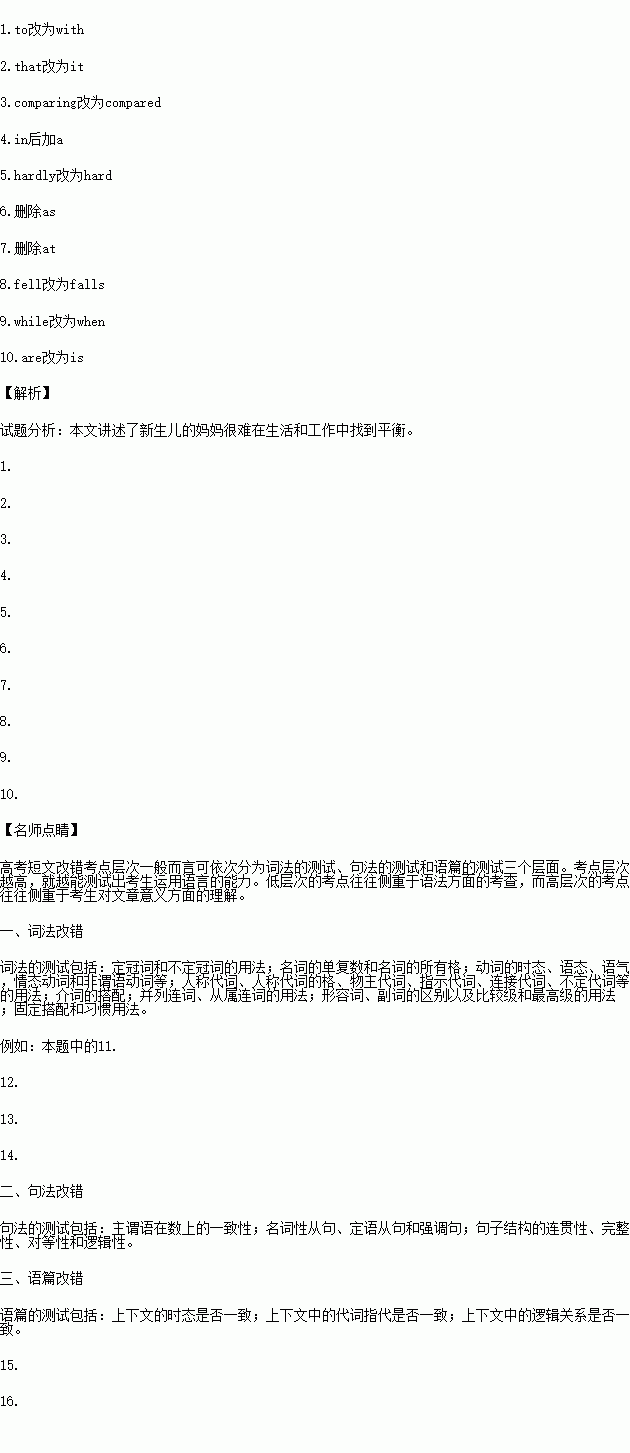阅读下面短文,从短文后各题所给的四个选项(A、B、C和D)中,选出可以填入空白处的最佳选项。
That Christmas Eve, the streets of Boston were crowded with tourists and locals in various clothes. It seemed that everyone was accompanied by someone else laughing. , I was alone.
My was in Puerto Rico. My family and friends had gone home during their holiday break. Dusk was falling, and the inevitable (不可避免的) to my empty apartment brought tears to my eyes. I someonewould come out of their homes to ask me inside to a room with a Christmas tree decorated with presents.
I stopped at the local market, feeling even more as people filled their baskets with goodies, which me of the gifts we received as children in Puerto Rico on Christmas Day. I my family parties: the dancing. Thinking of this, I wanted to for being alone.
In front of the church down the , a manger (马槽) had been set up, with Mary, Joseph, and the barn (畜棚) animals in expectation of the of baby Jesus in the midnight. I stood with my neighbors watching the . As I walked home, I realized that the of Joseph and Mary wandering from door to door seeking shelter was much like my own history. Puerto Rico was still a wound in my heart as I with what I had become in 15 years in the United States. I’d regretted the losses, but I for the first time and recognized what I’d gained. I was independent, educated, healthy, and adventurous. My life was before me, full of possibility.
Sometimes the best gift is the one you yourself. That Christmas, I gave myself credit for what I’d so far and permission to go forward, unafraid. It is the best I’ve ever received, the one that I most treasure.
1.A.Once B. However C.Besides D.Therefore
2.A.destination B. dream C.office D.hometown
3.A.return B.adaption C.attraction D.invitation
4.A.lied B.thought C.wished D.believed
5.A.close B.noisy C.splendid D.warm
6.A.pleased B.depressed C.amazed D.moved
7.A.reminded B.informed C.told D.excused
8.A.organized B.attended C.missed D.enjoyed
9.A.complain B.cry C.hope D.look
10.A.street B.market C.room D.apartment
11.A.recovery B.treatment C.arrival D.celebration
12.A.program B.growth C.film D.scene
13.A.love B.kindness C.story D.shadow
14.A.Leaving B.Seeing C.Visiting D.Blaming
15.A.lived B.fought C.agreed D.struggled
16.A.desired B.wanted C.gained D.lost
17.A.still B.already C.never D.even
18.A.press B.give C.attract D.imagine
19.A.planned B.valued C.shared D.accomplished
20.A.lesson B.thank C.gift D.letter
 天天向上一本好卷系列答案
天天向上一本好卷系列答案 小学生10分钟应用题系列答案
小学生10分钟应用题系列答案
